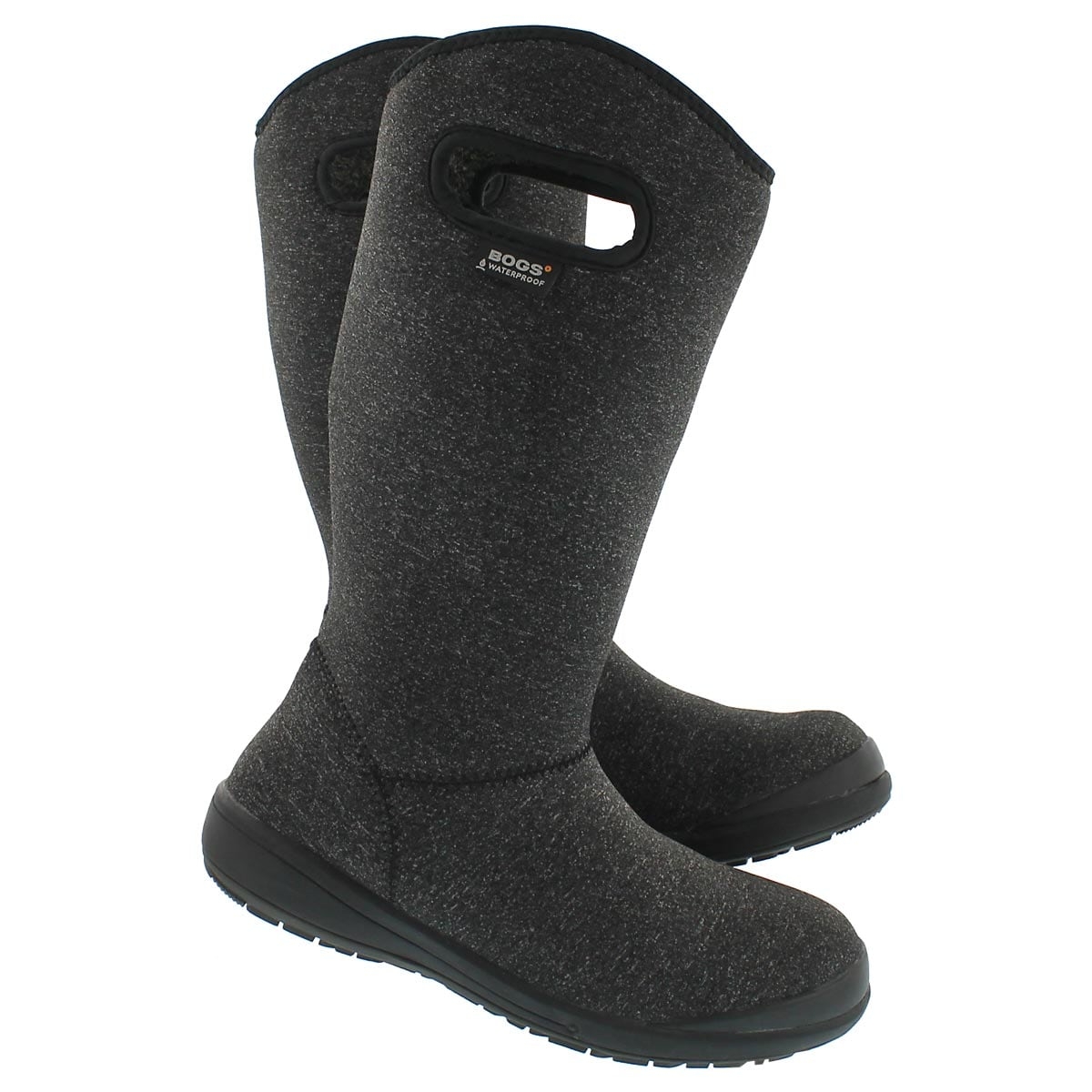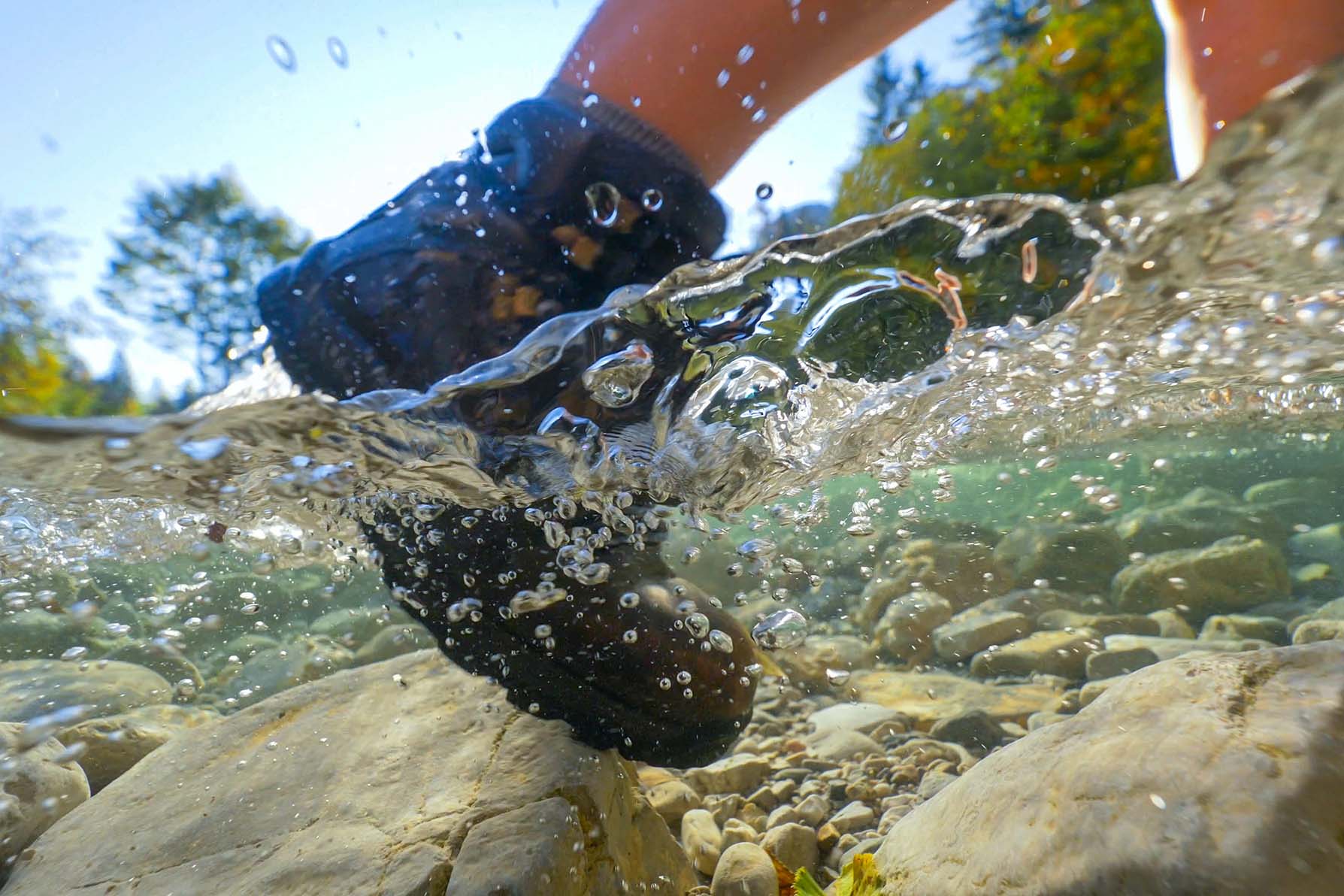Why You Need Boots for Walking in Water
Wet environments can be hazardous, and wearing the right footwear is crucial to ensure a safe and enjoyable experience. Boots for walking in water are specifically designed to provide superior grip, ankle support, and waterproofing, reducing the risks of slipping, falling, and getting injured. Without these specialized boots, you may find yourself struggling to maintain traction, leading to accidents and injuries. In fact, according to the National Safety Council, slips, trips, and falls are among the leading causes of workplace injuries, highlighting the importance of wearing the right footwear in hazardous environments. By investing in boots for walking in water, you can minimize the risks associated with wet conditions and enjoy your outdoor activities with confidence. Whether you’re a professional working in wet conditions or an outdoor enthusiast, boots for walking in water are an essential piece of gear that should not be overlooked.
Key Features to Look for in Water Boots
When selecting boots for walking in water, it’s essential to consider the key features that will ensure a safe and comfortable experience. Waterproofing is a critical aspect, as it prevents water from entering the boot and keeps feet dry. Look for boots with a waterproof membrane, such as Gore-Tex or similar technology, to guarantee a dry foot environment. Insulation is another vital feature, as it helps to regulate foot temperature and prevent cold feet. Thinsulate, PrimaLoft, or similar insulation materials are excellent options to consider. Grip is also crucial, as it provides traction on slippery surfaces. Boots with deep lugs and a specialized outsole design can provide excellent grip on wet surfaces. Ankle support is also vital, as it helps to prevent twists and sprains. Boots with high ankle collars and sturdy materials can provide excellent support and protection. Additionally, consider the material, weight, and breathability of the boots, as well as any additional features such as adjustable cuffs or gusseted tongues. By considering these key features, you can find the perfect boots for walking in water that meet your specific needs and preferences.
How to Choose the Right Material for Your Water Boots
When it comes to selecting the right material for boots for walking in water, there are several options to consider. Each material has its pros and cons, and understanding these differences can help you make an informed decision. Rubber boots, for instance, are an excellent choice for walking in water due to their natural waterproofing properties and durability. They are also relatively affordable and easy to clean. However, they can be heavy and may not provide the best insulation. Neoprene boots, on the other hand, offer excellent insulation and flexibility, making them ideal for cold water conditions. They are also relatively lightweight and breathable. However, they may not be as durable as rubber boots and can be more expensive. Synthetic materials, such as polyurethane or PVC, offer a compromise between rubber and neoprene. They are often more affordable than neoprene and more durable than rubber, but may not provide the same level of insulation. Ultimately, the right material for your boots for walking in water will depend on your specific needs and preferences. Consider the water conditions, temperature, and activities you will be doing, and choose a material that meets those requirements. By selecting the right material, you can ensure a comfortable, safe, and enjoyable experience in your boots for walking in water.
The Best Boots for Walking in Water: Top Picks and Reviews
When it comes to selecting the best boots for walking in water, there are several top-rated options to consider. Here are a few of the most popular and highly-recommended boots for walking in water, along with their key features, pros, and cons. The LaCrosse Alphaburly Pro, for instance, is a popular choice among outdoor enthusiasts. These boots feature a waterproof and breathable Gore-Tex membrane, Thinsulate insulation for warmth, and a rugged outsole for traction. They are also relatively lightweight and comfortable, making them ideal for long hikes or wading in water. However, they may not be as durable as some other options and can be quite expensive. Another top pick is the Baffin Enduro, which offers exceptional warmth and insulation in cold water conditions. These boots feature a waterproof and breathable membrane, a thermal insole for warmth, and a rugged outsole for traction. They are also relatively affordable and durable, but may be too bulky for some users. Other top-rated boots for walking in water include the Muck Boot Arctic Ice, the Kamik Jennifer, and the Hodgman Aesis. When selecting the best boots for walking in water, consider your specific needs and preferences, including the water conditions, temperature, and activities you will be doing. By choosing a high-quality pair of boots for walking in water, you can ensure a safe, comfortable, and enjoyable experience.
Tips for Breaking in Your New Water Boots
Breaking in new boots for walking in water can be a daunting task, but with the right approach, you can ensure a comfortable and enjoyable experience. One of the most important tips is to wear your new boots gradually, starting with short periods of time and gradually increasing the duration. This will allow your feet to adjust to the new boots and prevent blisters and discomfort. Conditioning your boots is also essential, as it will help to soften the materials and make them more pliable. Apply a waterproofing agent or boot conditioner to the boots and let them sit for a few hours before wearing them. Stretching your boots is also crucial, especially in the toe box and ankle areas. Use a boot stretcher or stuff the boots with paper to help stretch them out. Additionally, wear the right socks with your boots for walking in water, as they can make a big difference in terms of comfort and performance. Look for socks made from moisture-wicking materials that will help to keep your feet dry and comfortable. By following these tips, you can ensure a comfortable and enjoyable experience in your new boots for walking in water.
Water Boot Maintenance 101: Keeping Your Boots in Top Condition
To ensure the longevity and performance of your boots for walking in water, regular maintenance is crucial. After each use, clean your boots thoroughly with mild soap and warm water to remove dirt and debris. Avoid using harsh chemicals or abrasive materials that can damage the materials. Dry your boots naturally, away from direct sunlight and heat, to prevent cracking and fading. Store your boots in a cool, dry place, away from direct sunlight, to prevent damage from UV rays. Consider using a boot tree or stuffing the boots with paper to maintain their shape and prevent creasing. Regularly inspect your boots for signs of wear and tear, such as cracks, tears, or loose stitching, and address any issues promptly. By following these simple maintenance tips, you can extend the lifespan of your boots for walking in water and ensure they continue to perform at their best. Additionally, consider applying a waterproofing agent or boot conditioner to your boots regularly to maintain their waterproofing properties and prevent water from seeping in. By taking care of your boots, you can ensure a safe and enjoyable experience in wet conditions.
Common Mistakes to Avoid When Walking in Water Boots
When it comes to walking in water boots, there are several common mistakes that people make that can compromise their safety and comfort. One of the most critical mistakes is not wearing the right socks with boots for walking in water. Wearing socks that are too thin or not moisture-wicking can lead to blisters and discomfort. Another mistake is not checking the boots’ condition before use. Failing to inspect the boots for signs of wear and tear, such as cracks or loose stitching, can lead to accidents and injuries. Additionally, not breaking in new boots for walking in water can cause discomfort and blisters. It’s essential to gradually wear in new boots to allow the materials to mold to the feet. Furthermore, not wearing boots that are specifically designed for walking in water can lead to accidents and injuries. Boots for walking in water are designed to provide waterproofing, insulation, and grip, and wearing boots that are not designed for this purpose can compromise safety. By avoiding these common mistakes, individuals can ensure a safe and enjoyable experience when walking in water boots.
Conclusion: Stay Safe and Dry with the Right Water Boots
In conclusion, boots for walking in water are an essential investment for anyone who enjoys wet adventures. By understanding the importance of wearing boots specifically designed for walking in water, considering key features such as waterproofing and grip, and selecting the right material, individuals can ensure a safe and enjoyable experience. Additionally, proper maintenance, breaking in, and avoiding common mistakes can extend the lifespan of boots for walking in water and prevent accidents. With the right boots, individuals can explore wet environments with confidence, knowing that their feet are protected and supported. Don’t compromise on safety and comfort – invest in a good pair of boots for walking in water today and experience the thrill of wet adventures without worrying about your feet.






